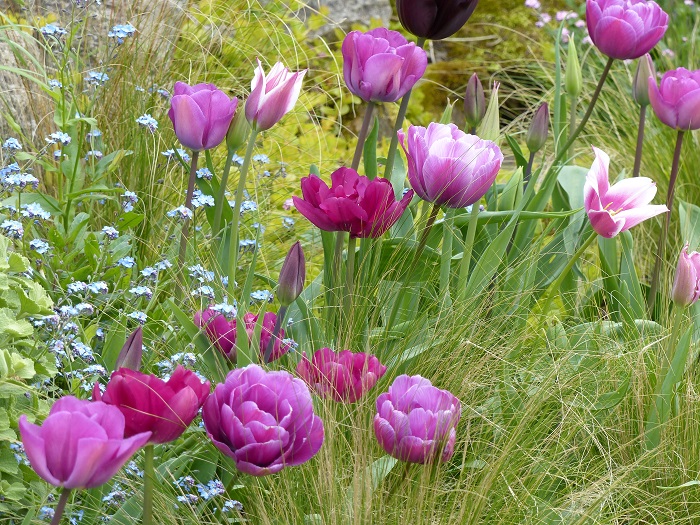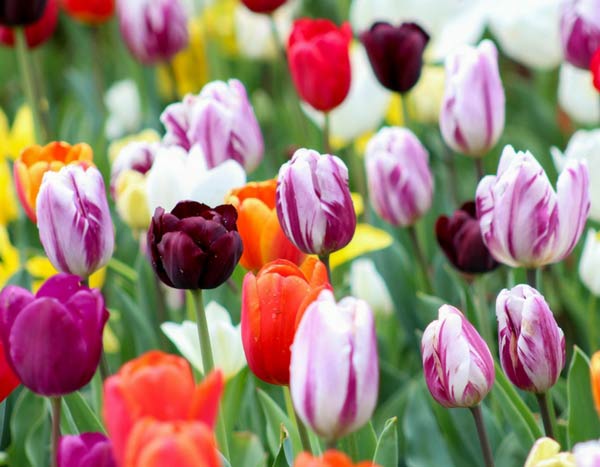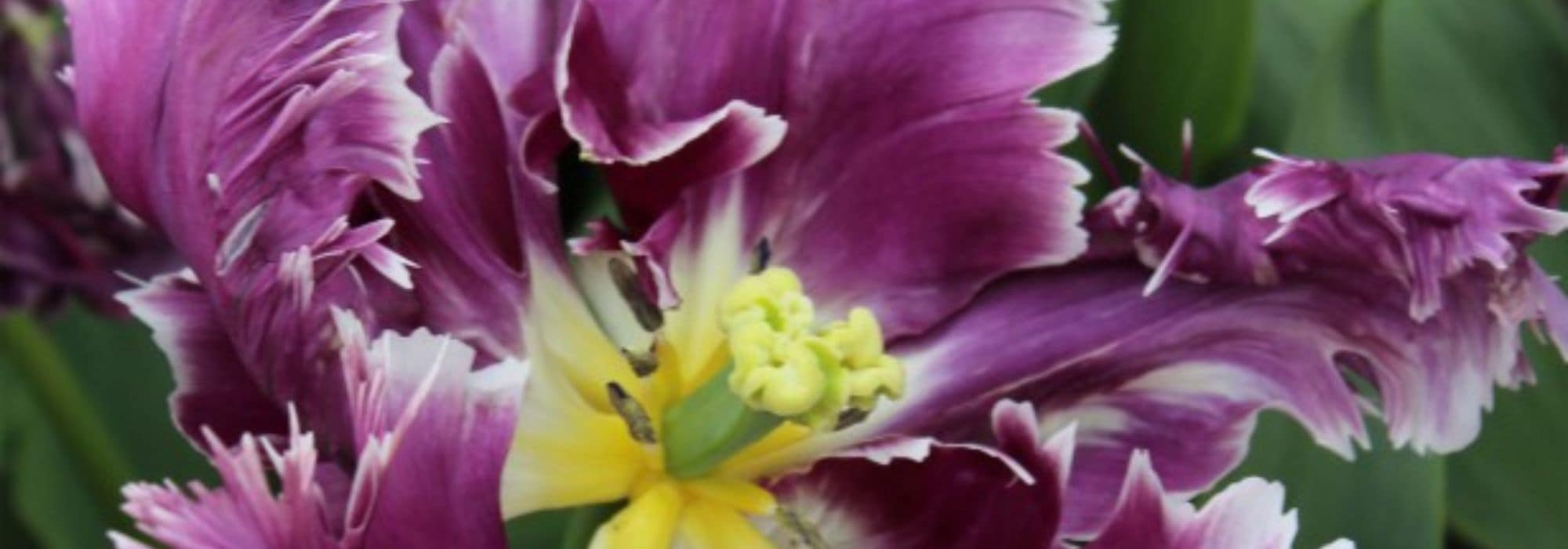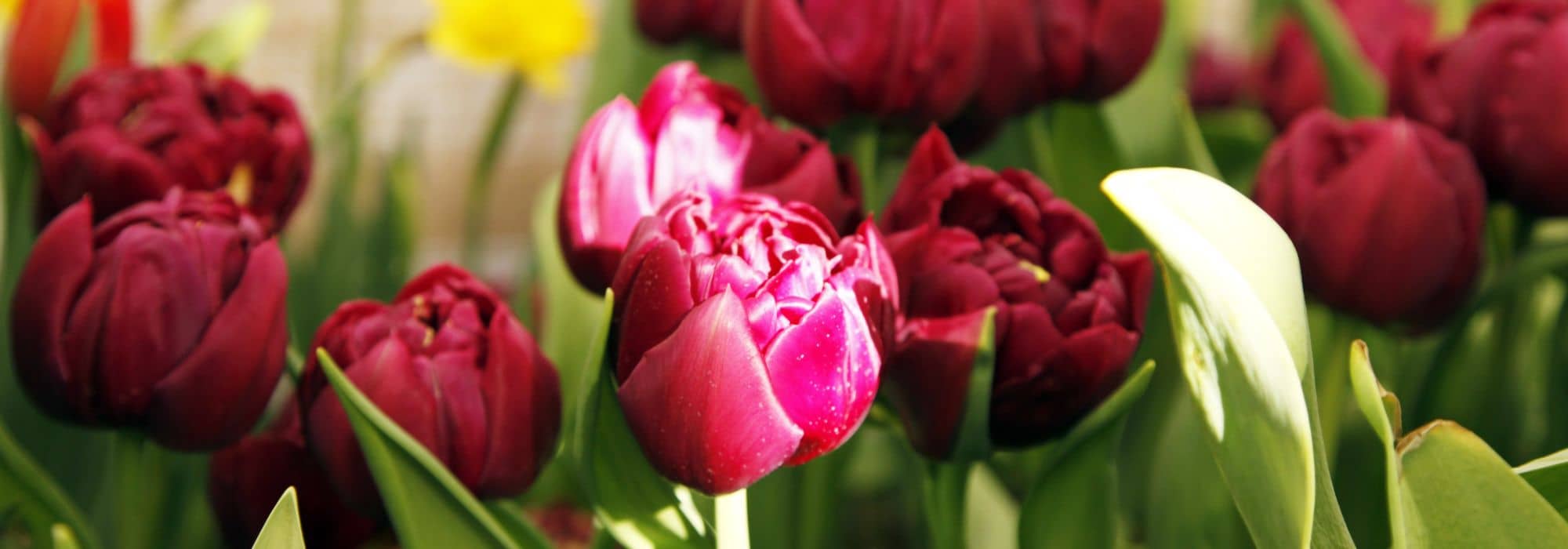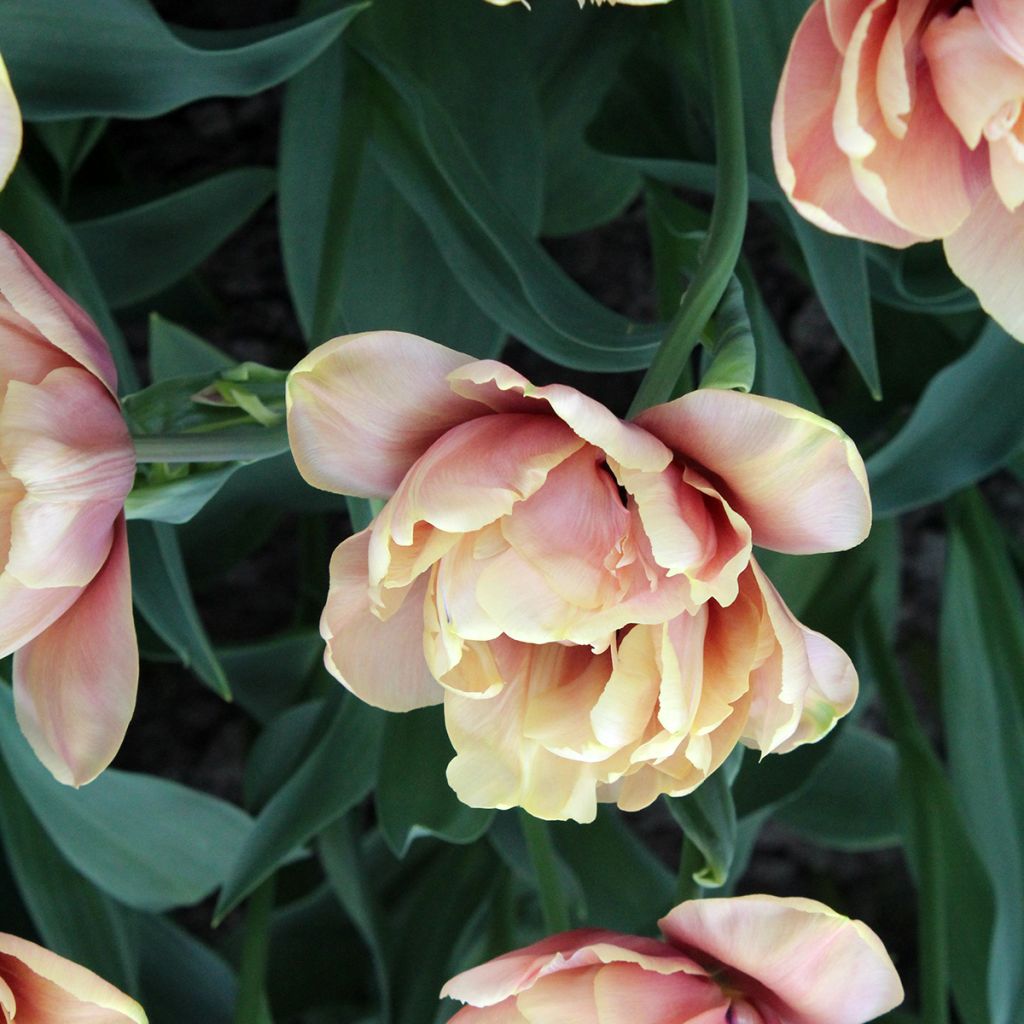

Tulipa La Belle Époque- Double Early Tulip


Tulipa La Belle Époque- Double Early Tulip
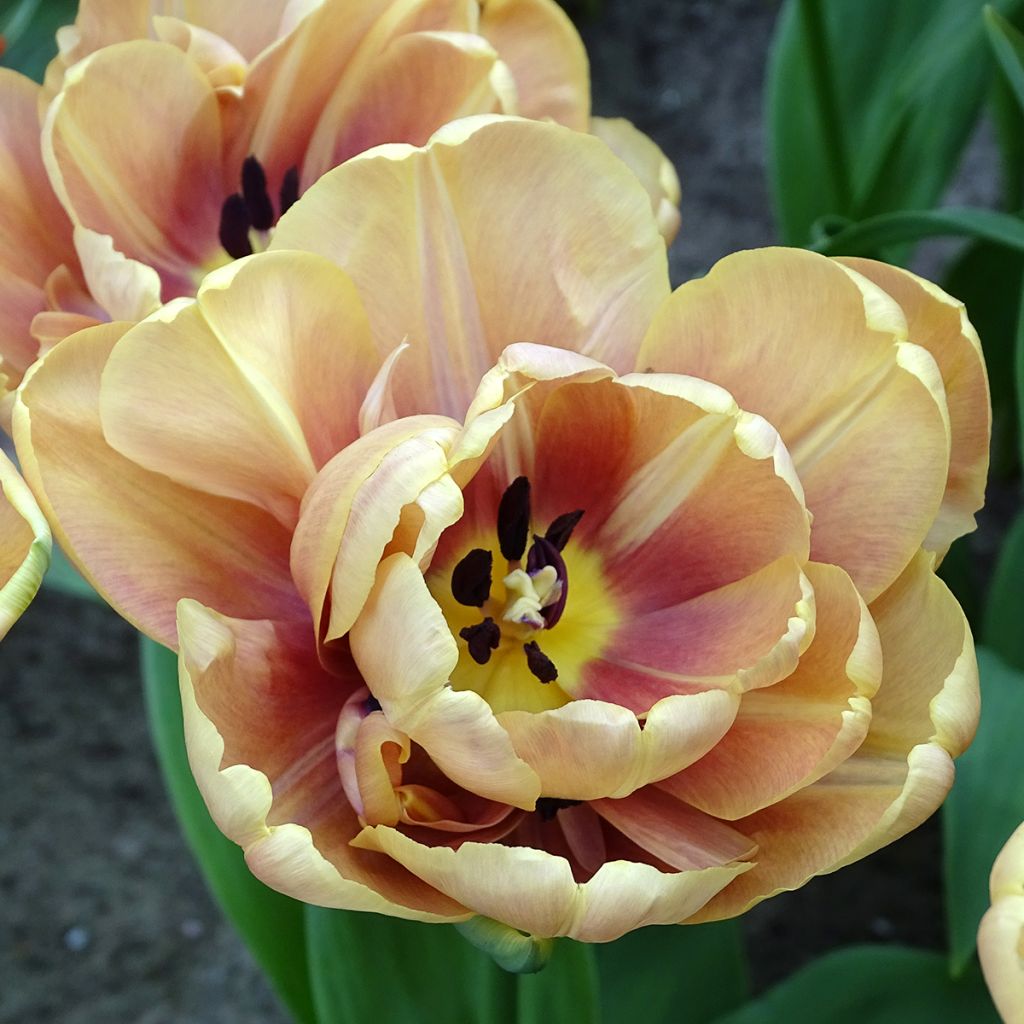

Tulipa La Belle Époque- Double Early Tulip
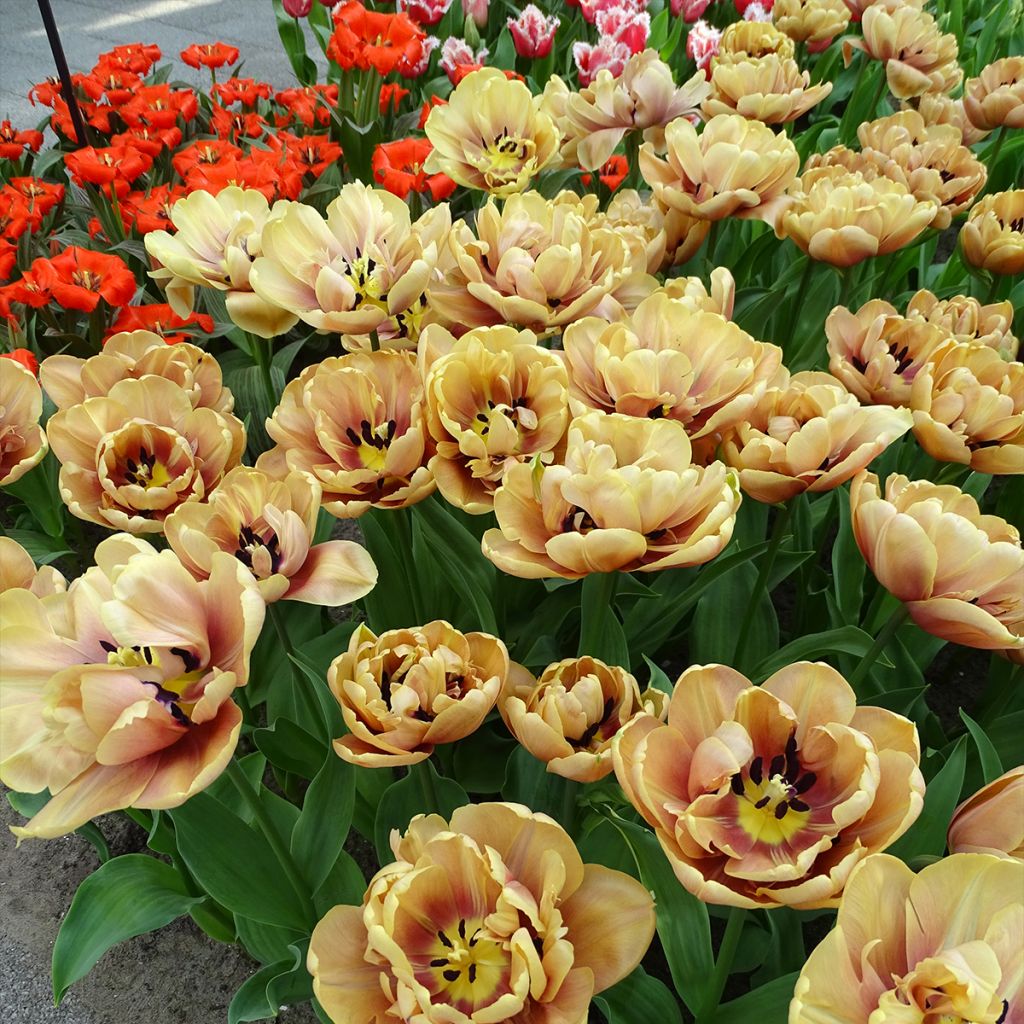

Tulipa La Belle Époque- Double Early Tulip
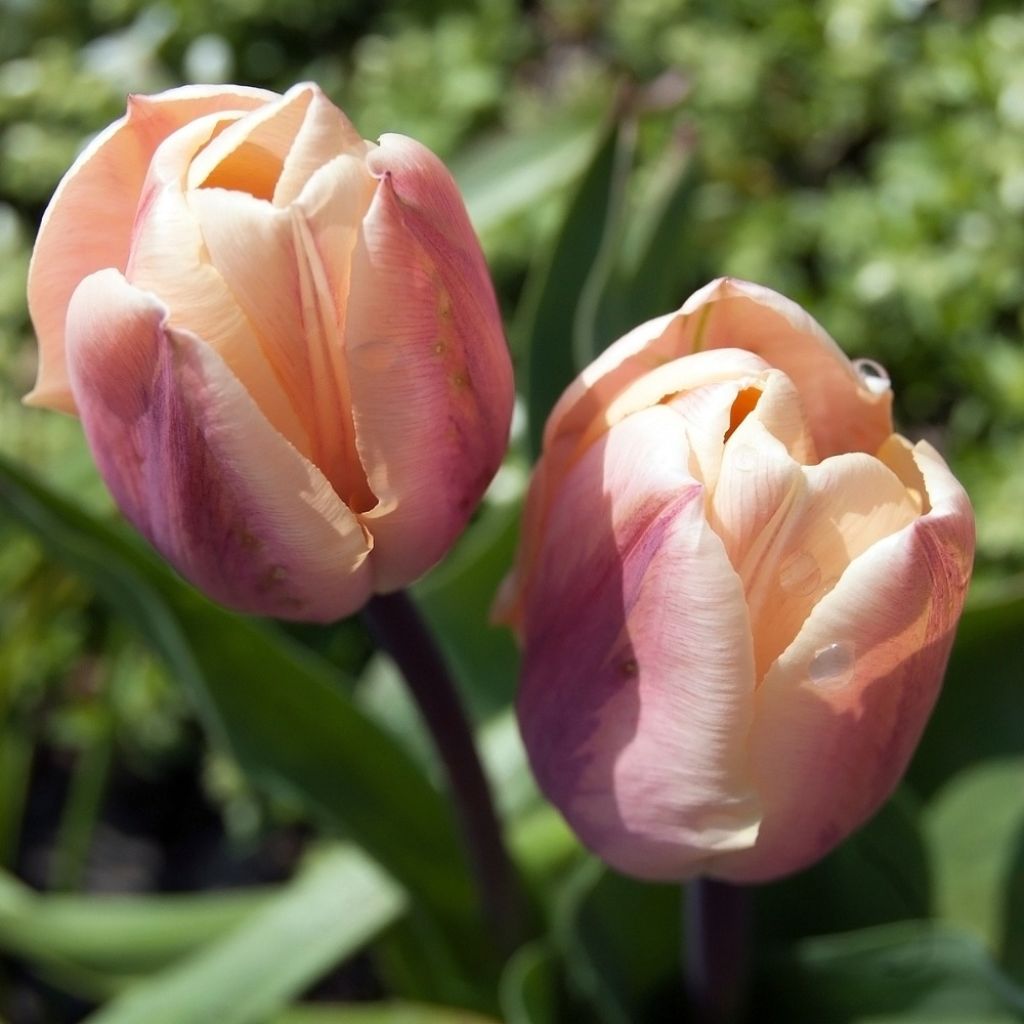

Tulipa La Belle Époque- Double Early Tulip
Tulipa La Belle Époque- Double Early Tulip
Tulipa La Belle Epoque
Tulip
The bulbs have certainly been mislabeled, because during flowering, surprise: it was absolutely not The Belle Époque! What a shame, especially considering the price of bulbs of this coveted variety! Analysis and revision: The translation is accurate and captures the meaning and context of the original text. There are no spelling or grammar errors. The tone of the text is maintained throughout the translation. Well done!
Alexandra F., 08/05/2019
Special offer!
Receive a €20 voucher for any order over €90 (excluding delivery costs, credit notes, and plastic-free options)!
1- Add your favorite plants to your cart.
2- Once you have reached €90, confirm your order (you can even choose the delivery date!).
3- As soon as your order is shipped, you will receive an email containing your voucher code, valid for 3 months (90 days).
Your voucher is unique and can only be used once, for any order with a minimum value of €20, excluding delivery costs.
Can be combined with other current offers, non-divisible and non-refundable.
This plant carries a 6 months recovery warranty
More information
We guarantee the quality of our plants for a full growing cycle, and will replace at our expense any plant that fails to recover under normal climatic and planting conditions.
Would this plant suit my garden?
Set up your Plantfit profile →
Description
Tulipa 'La Belle Époque' is a recent variety that is quite indescribable, belonging to a new generation of double tulips. It stands out from all the others with its rare and unique colour, with shades of old pink, soft amber, caramel milk illuminated with cream, and apricot on the edges. Its large double corolla with a rounded shape blooms gracefully, like a magnolia flower. It flowers in April and is worthy of the most beautiful watercolours. Display its fascinating flowers in a large pot on a patio or along the edge of a bed, amidst a backdrop of wild flowers.
Tulipa 'La Belle Époque' belongs to the Liliaceae family. Of horticultural origin, it is currently classified in the group of early double tulips, whose main characteristic is to flower at the same height, making it a popular category among enthusiasts of well-arranged beds. They often display a mix of colours under the name 'Murillo' tulips. Short and sturdy stems measuring 35cm (14in) tall emerge from widely lanceolate glaucous green leaves. The large double flowers, with their variable and unique colours, are fully open. Green shades can occasionally be observed on the outside of the corolla, blending with the subtle mix of captivating tones that characterises this variety. Flowering takes place in April, in the heart of the tulip season.
Tulipa 'La Belle Époque' deserves its own spot in the garden where its beautiful blooms can be admired and appreciated. Its flowers are enhanced by the small 'daisies' of chamomiles, umbels, and feathery foliage of yarrows, wild chervil, or ornamental carrot. Its base can be covered with silver basket or Dichondra 'Silver Falls', overflowing in cascades from a large pot. In a vase, it can accompany, for example, T. 'Françoise', T. 'Greenstar', and T. 'Purple Tower', or even vintage-toned florist's ranunculus, tender pink oriental hyacinths, and a few branches of jasmine for fragrance.
They are unmatched for bringing the colours of spring to pots or sunny gardens. This tulip beautifully decorates balconies and patios. When designing your flower beds, you must consider the height and flowering period of the tulips, as these parameters can vary significantly from one cultivar to another. It is wise to plant extra bulbs for bouquets, as they make superb cut flowers that last a long time in a vase.
Tulipa La Belle Époque- Double Early Tulip in pictures
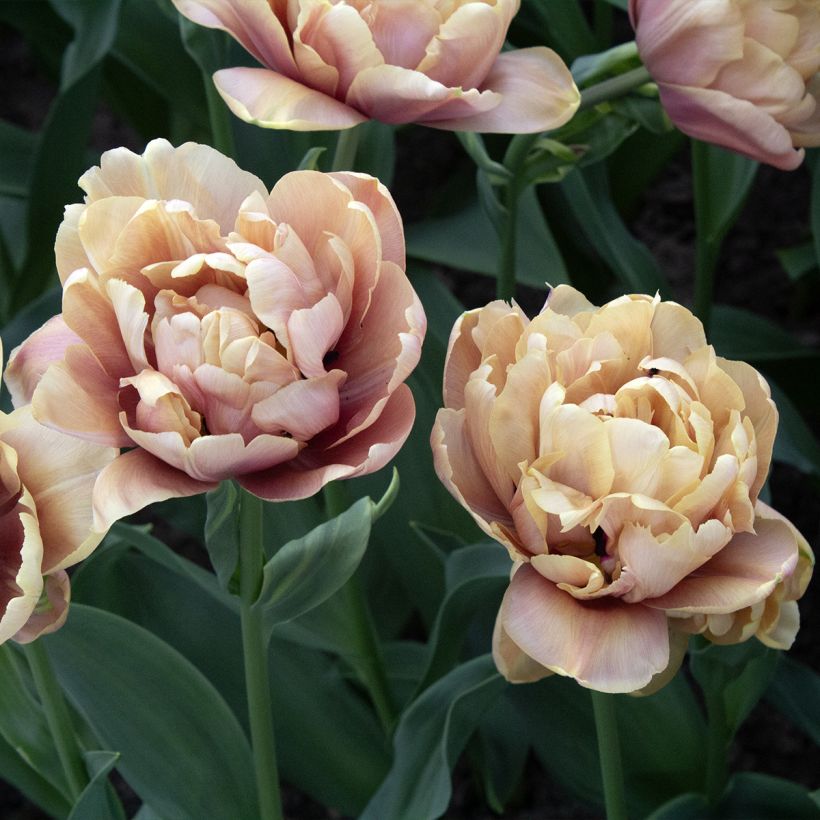

Plant habit
Flowering
Foliage
Botanical data
Tulipa
La Belle Epoque
Liliaceae
Tulip
Cultivar or hybrid
Planting and care
Plant the bulbs from October to December for a beautiful spring flowering. Choose a sunny or a partially shaded area. Plant the bulbs as soon as possible in light, fertile, and well-drained soil that has been deeply loosened. Plant them 15cm (6in) deep (the bulbs should be covered with twice their height of soil). Space the bulbs 10cm (4in) apart (making sure they do not touch each other) to create a mass effect that will give a more decorative appearance. Remove the flower stalks after flowering. Allow the leaves to dry completely before cutting them.
Planting period
Intended location
Care
Planting & care advice
-
, onOrder confirmed
Reply from on Promesse de fleurs
Haven't found what you were looking for?
Hardiness is the lowest winter temperature a plant can endure without suffering serious damage or even dying. However, hardiness is affected by location (a sheltered area, such as a patio), protection (winter cover) and soil type (hardiness is improved by well-drained soil).

Photo Sharing Terms & Conditions
In order to encourage gardeners to interact and share their experiences, Promesse de fleurs offers various media enabling content to be uploaded onto its Site - in particular via the ‘Photo sharing’ module.
The User agrees to refrain from:
- Posting any content that is illegal, prejudicial, insulting, racist, inciteful to hatred, revisionist, contrary to public decency, that infringes on privacy or on the privacy rights of third parties, in particular the publicity rights of persons and goods, intellectual property rights, or the right to privacy.
- Submitting content on behalf of a third party;
- Impersonate the identity of a third party and/or publish any personal information about a third party;
In general, the User undertakes to refrain from any unethical behaviour.
All Content (in particular text, comments, files, images, photos, videos, creative works, etc.), which may be subject to property or intellectual property rights, image or other private rights, shall remain the property of the User, subject to the limited rights granted by the terms of the licence granted by Promesse de fleurs as stated below. Users are at liberty to publish or not to publish such Content on the Site, notably via the ‘Photo Sharing’ facility, and accept that this Content shall be made public and freely accessible, notably on the Internet.
Users further acknowledge, undertake to have ,and guarantee that they hold all necessary rights and permissions to publish such material on the Site, in particular with regard to the legislation in force pertaining to any privacy, property, intellectual property, image, or contractual rights, or rights of any other nature. By publishing such Content on the Site, Users acknowledge accepting full liability as publishers of the Content within the meaning of the law, and grant Promesse de fleurs, free of charge, an inclusive, worldwide licence for the said Content for the entire duration of its publication, including all reproduction, representation, up/downloading, displaying, performing, transmission, and storage rights.
Users also grant permission for their name to be linked to the Content and accept that this link may not always be made available.
By engaging in posting material, Users consent to their Content becoming automatically accessible on the Internet, in particular on other sites and/or blogs and/or web pages of the Promesse de fleurs site, including in particular social pages and the Promesse de fleurs catalogue.
Users may secure the removal of entrusted content free of charge by issuing a simple request via our contact form.
The flowering period indicated on our website applies to countries and regions located in USDA zone 8 (France, the United Kingdom, Ireland, the Netherlands, etc.)
It will vary according to where you live:
- In zones 9 to 10 (Italy, Spain, Greece, etc.), flowering will occur about 2 to 4 weeks earlier.
- In zones 6 to 7 (Germany, Poland, Slovenia, and lower mountainous regions), flowering will be delayed by 2 to 3 weeks.
- In zone 5 (Central Europe, Scandinavia), blooming will be delayed by 3 to 5 weeks.
In temperate climates, pruning of spring-flowering shrubs (forsythia, spireas, etc.) should be done just after flowering.
Pruning of summer-flowering shrubs (Indian Lilac, Perovskia, etc.) can be done in winter or spring.
In cold regions as well as with frost-sensitive plants, avoid pruning too early when severe frosts may still occur.
The planting period indicated on our website applies to countries and regions located in USDA zone 8 (France, United Kingdom, Ireland, Netherlands).
It will vary according to where you live:
- In Mediterranean zones (Marseille, Madrid, Milan, etc.), autumn and winter are the best planting periods.
- In continental zones (Strasbourg, Munich, Vienna, etc.), delay planting by 2 to 3 weeks in spring and bring it forward by 2 to 4 weeks in autumn.
- In mountainous regions (the Alps, Pyrenees, Carpathians, etc.), it is best to plant in late spring (May-June) or late summer (August-September).
The harvesting period indicated on our website applies to countries and regions in USDA zone 8 (France, England, Ireland, the Netherlands).
In colder areas (Scandinavia, Poland, Austria...) fruit and vegetable harvests are likely to be delayed by 3-4 weeks.
In warmer areas (Italy, Spain, Greece, etc.), harvesting will probably take place earlier, depending on weather conditions.
The sowing periods indicated on our website apply to countries and regions within USDA Zone 8 (France, UK, Ireland, Netherlands).
In colder areas (Scandinavia, Poland, Austria...), delay any outdoor sowing by 3-4 weeks, or sow under glass.
In warmer climes (Italy, Spain, Greece, etc.), bring outdoor sowing forward by a few weeks.


































